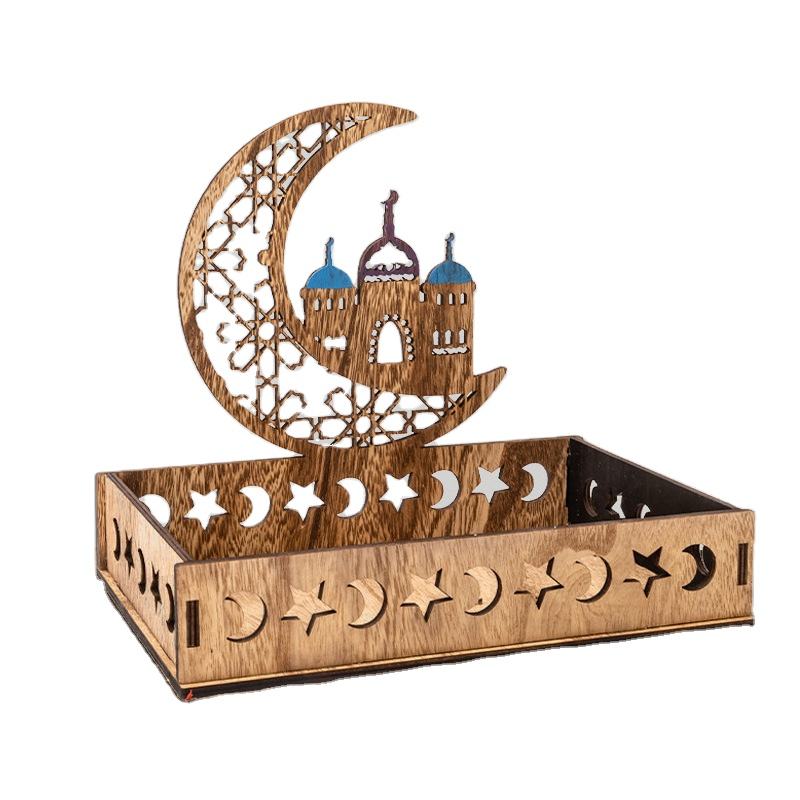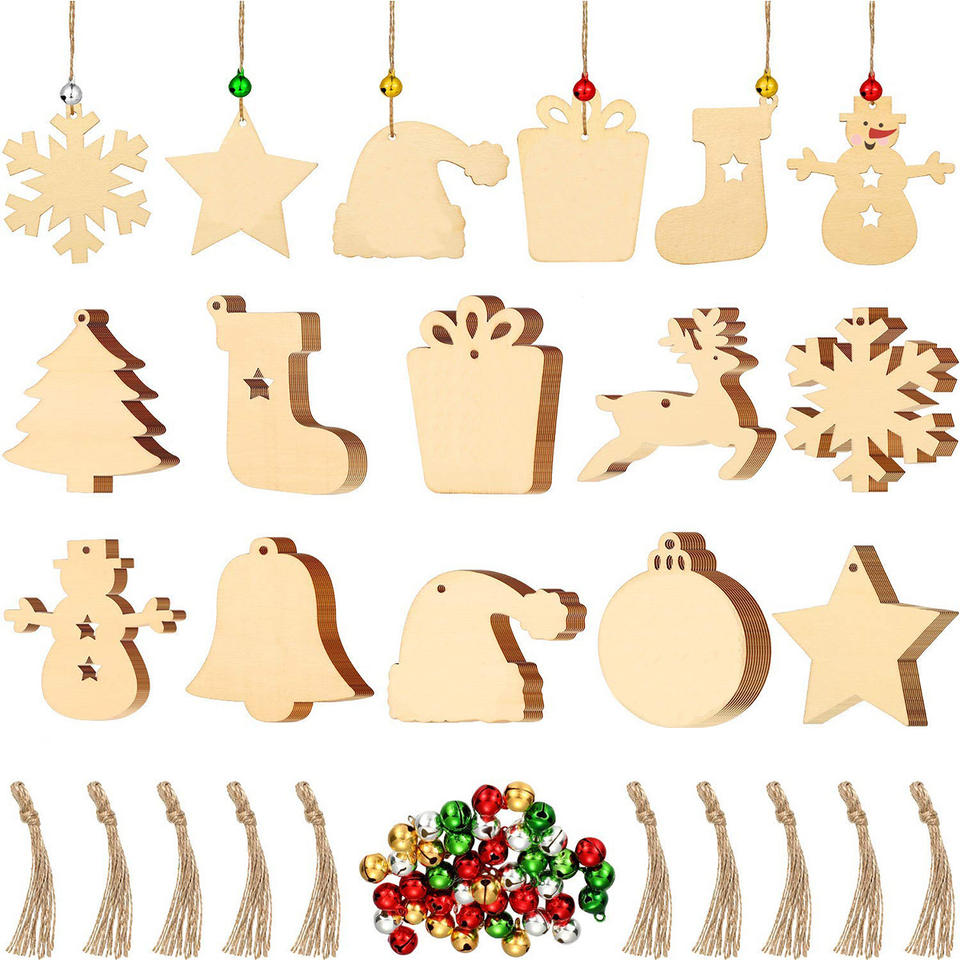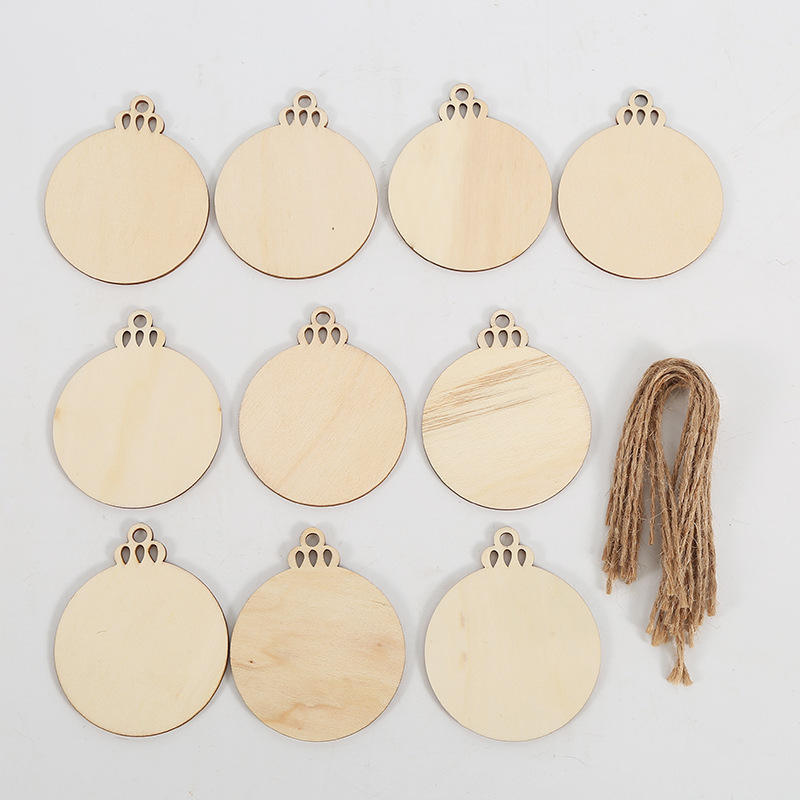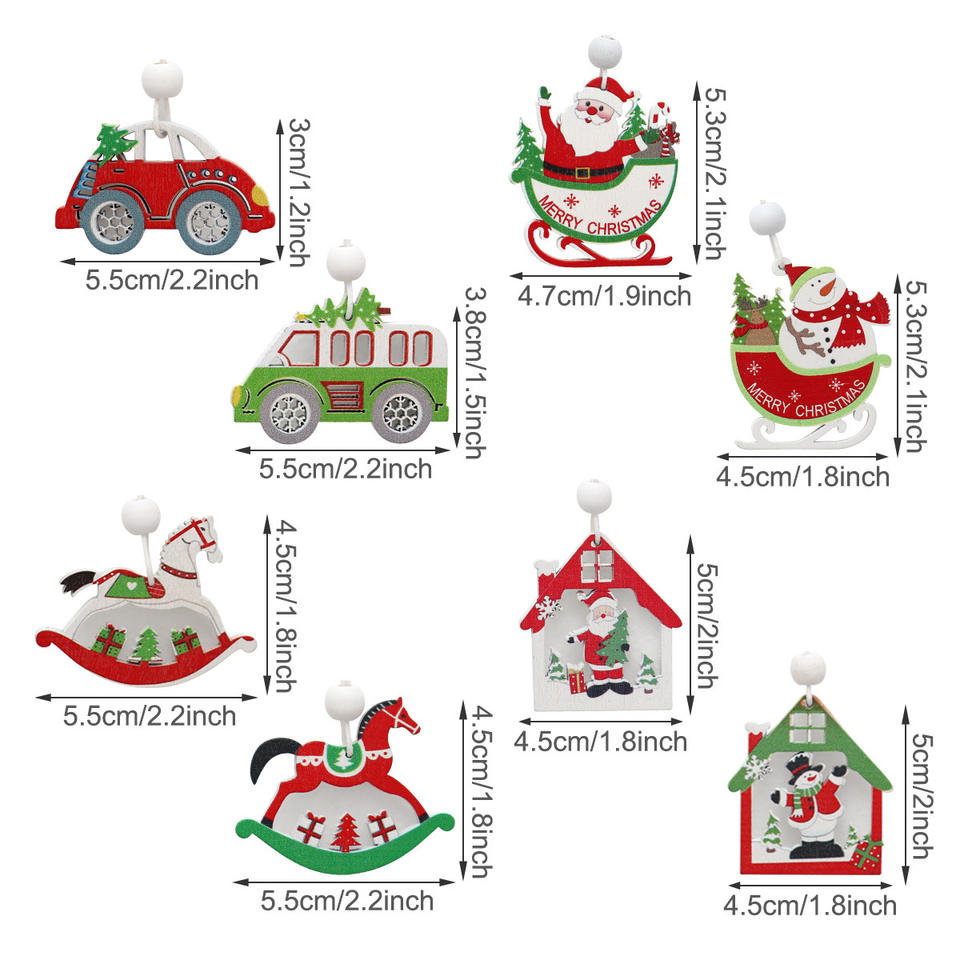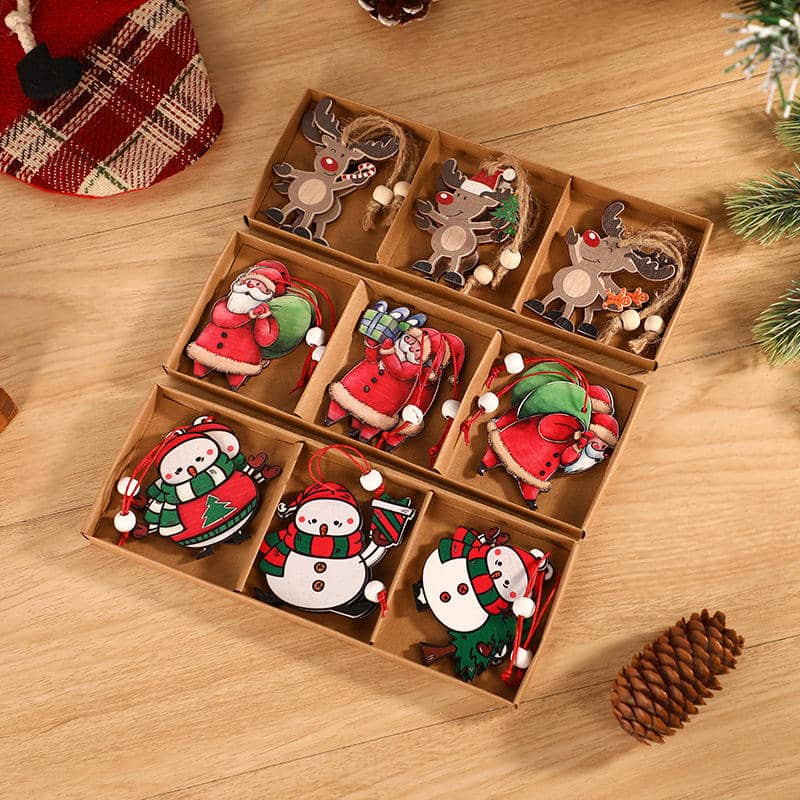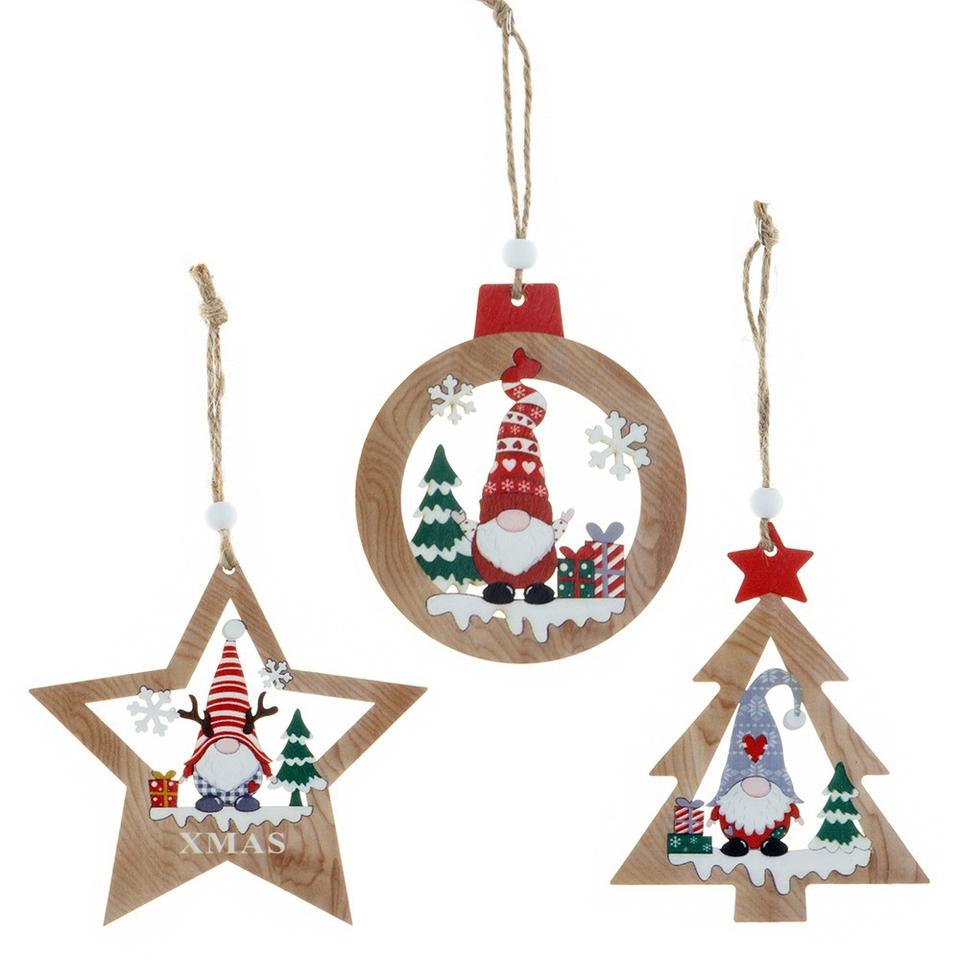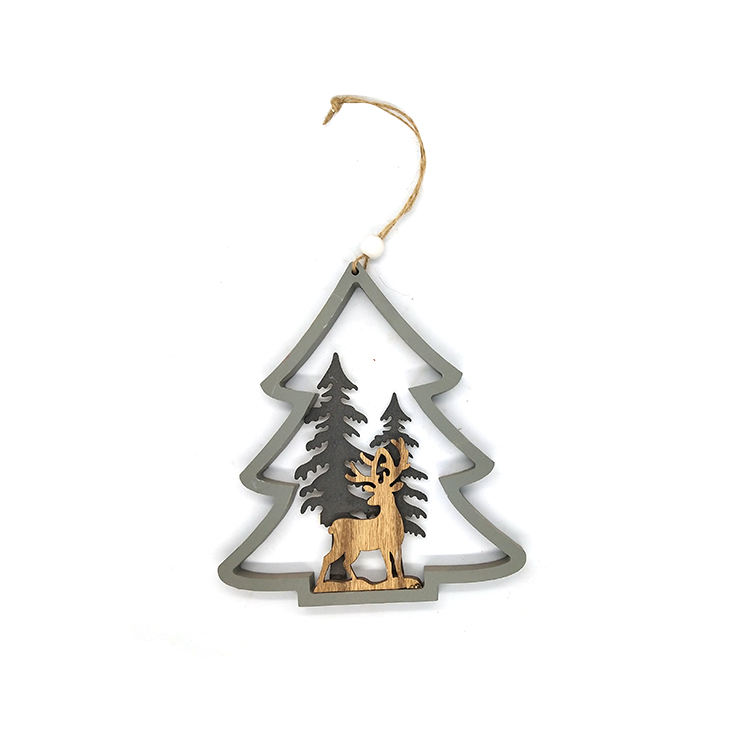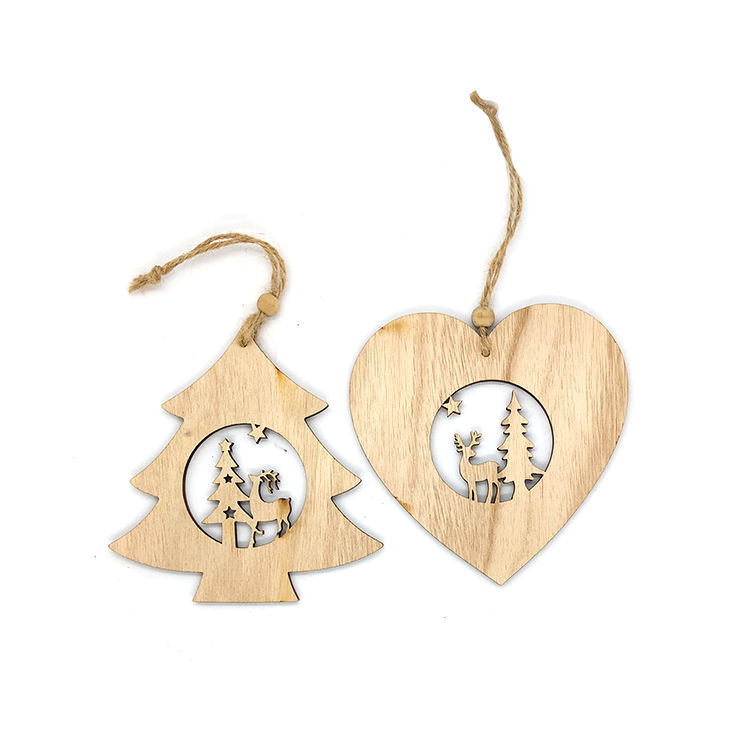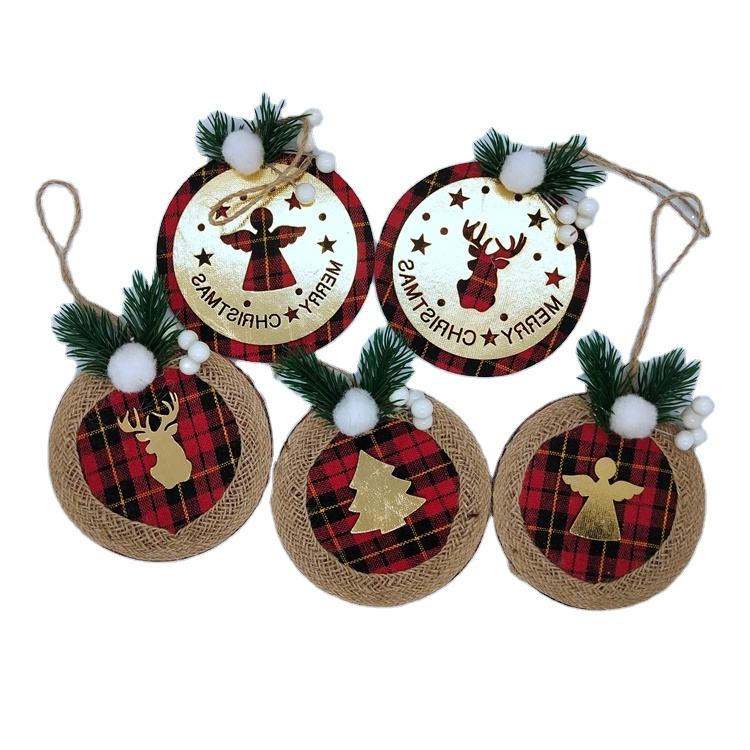Home / News / Easter Decorations And Ramadan Ornaments Intersecting Traditions
In a world marked by diverse cultures and traditions, the celebration of religious holidays takes on a rich tapestry of colors, symbols, and rituals. Two of the most widely observed religious celebrations, Easter and Ramadan, offer a fascinating intersection of traditions through the art of decoration and ornamentation. This article explores the significance, symbolism, and cultural expressions of Easter decorations and Ramadan ornaments, highlighting the universal themes of renewal, hope, and spirituality that unite them.
Easter Decorations: A Celebration of Resurrection and Renewal
Easter, a significant Christian holiday, commemorates the resurrection of Jesus Christ. It falls on the first Sunday after the first full moon following the vernal equinox, usually between March and April. One of the most prominent Easter decorations is the Easter egg. Eggs, representing new life and rebirth, are often dyed in vibrant colors and adorned with intricate patterns. These Easter eggs serve both as decorative elements and cherished gifts exchanged among loved ones.
Another iconic Easter decoration is the Easter bunny, symbolizing fertility and new beginnings. This playful character is often incorporated into Easter displays and festivities, bringing joy to children and adults alike. Churches and homes are adorned with fresh flowers, particularly lilies, symbolizing purity and the resurrection.
The Easter tree, decorated with colorful eggs and symbols of faith, stands as a centerpiece of many homes during the Easter season. It serves as a visual reminder of the triumph of life over death and the renewal of faith.
Ramadan Ornaments: A Reflection of Spirituality and Devotion
Ramadan is a holy month observed by Muslims worldwide, marked by fasting, prayer, and reflection. This sacred period revolves around self-discipline, spirituality, and community. While not as elaborate as the decorations associated with Easter, Ramadan has its own unique ornaments that hold deep spiritual significance.
One of the most recognizable Ramadan ornaments is the crescent moon and star. These symbols adorn mosques, homes, and public spaces, signifying the beginning of Ramadan and the importance of the lunar calendar in Islamic tradition. Another widely used ornament during Ramadan is the intricate Arabic calligraphy featuring Quranic verses or messages of peace and unity. These artistic expressions create an atmosphere of reflection and devotion.
Lanterns, known as "fanous," are a quintessential Ramadan decoration, especially in the Middle East and North Africa. They symbolize the light of knowledge and the guidance of God. These lanterns are hung in streets and homes, illuminating the night during the month-long fast and adding to the festive atmosphere.
The Intersection of Easter and Ramadan Decorations
While Easter and Ramadan have distinct cultural and religious contexts, they share common themes that transcend religious boundaries. Both celebrations are occasions of spiritual renewal, hope, and reflection on the deeper meaning of life. In the realm of decoration and ornamentation, these shared values become evident.
For instance, the use of vibrant colors in both Easter eggs and Ramadan lanterns reflects the joy and vibrancy associated with these festive seasons. Additionally, the emphasis on renewal, whether through the resurrection of Jesus in Easter or the spiritual rejuvenation during Ramadan, is symbolically represented in the use of ornaments.
Moreover, both Easter and Ramadan decorations serve as a means of fostering a sense of community and togetherness. Whether through the exchange of Easter eggs or the hanging of lanterns during Ramadan, these traditions create a sense of belonging and unity among families and communities.
In conclusion, Easter decorations and Ramadan ornaments offer a visual representation of the shared human desire for renewal, hope, and spirituality. Despite the differences in their religious and cultural contexts, these traditions bring people together in celebration of life's most profound and universal themes. The artistry and symbolism behind these decorations serve as a testament to the enduring power of faith and the human spirit.
